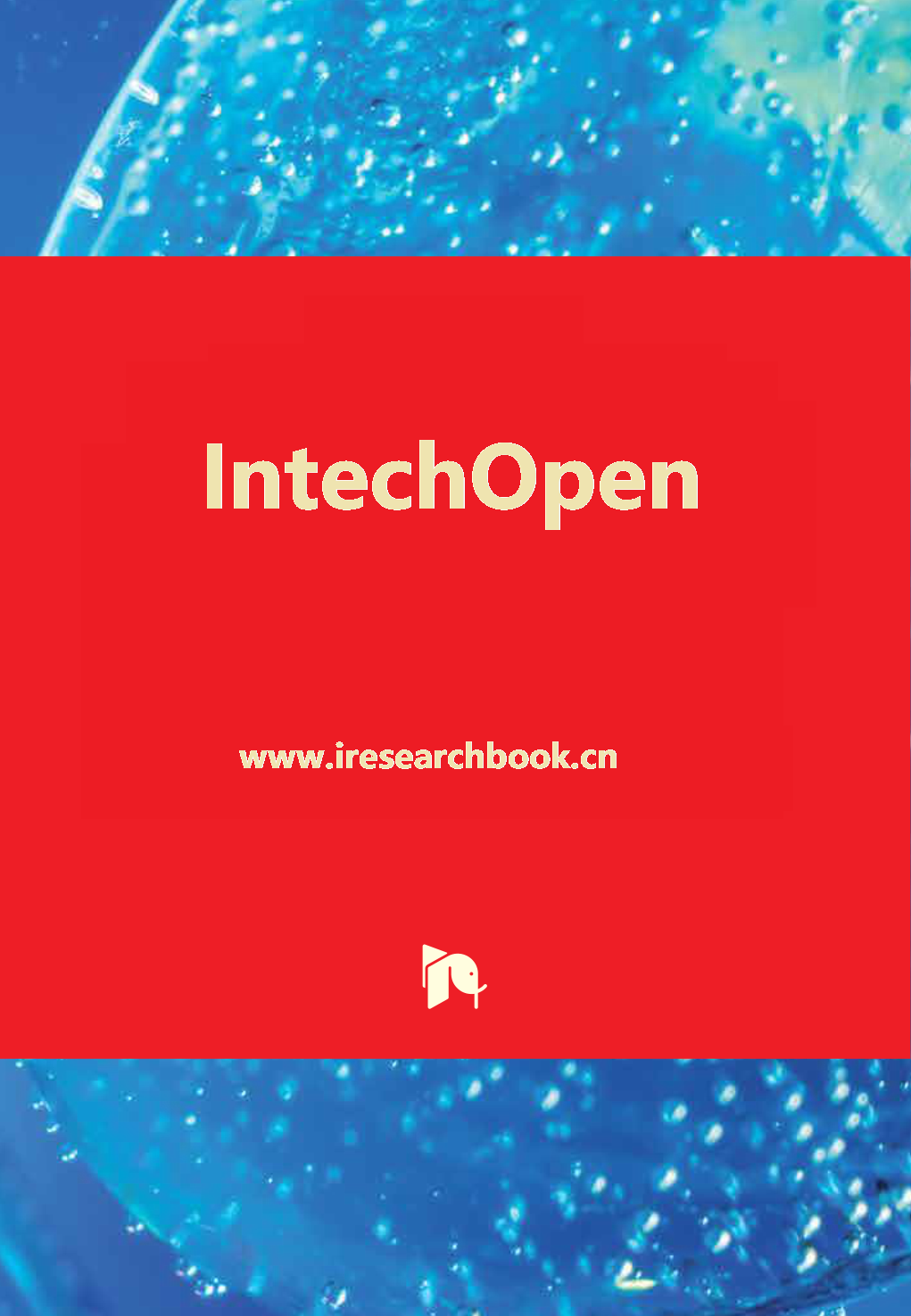- 中图分类号: Q81
- 语种: ENG
- 出版信息: IntechOpen 2023 18页
- EISBN: E202403110038
- PISBN-H:9781837681372
- DOI:intechopen.110038
- 原文访问地址:
KG评星
知识图谱评星,是一种基于用户使用的评价体系,综合图书的评论数量、引文数量、Amazon评分以及图谱网络中节点的PageRank值(即考虑相邻节点数量和重要性)等多种因素计算而得出的评价数值。星级越高,推荐值越高。CAT核心级
核心学术资源(CAR)项目作为教图公司推出的一项知识型服务,旨在打造一套科学、有效的图书评价体系,并协助用户制定相应的馆藏建设方案。CAR项目调查和分析12所世界一流大学的藏书数据,以收藏学校的数量确定书目的核心级,核心级越高,代表书目的馆藏价值越高。选取核心级在三级以上,即三校以上共藏的图书作为核心书目(CAT)。Biodiesel fuel is produced from triglyceride fats, and oils obtained from plant and animal sources. Typically, triglycerides are first transesterified to produce fatty acid alkyl esters (FAAE) and then refined. Traditional FAAE refining strategies are often energy-intensive, requiring large amounts of water (e.g., wet washing), adsorbents, and/or chemicals. Refining, in turn, produces substantial amounts of waste and is accompanied by the loss of biodiesel as neutral oil entrained in waste. A wide array of methods and technologies have been developed for industrial oil purification. Successful refining practices minimize waste and limit neutral oil losses. Recent studies have explored the use of adsorbents, solvent purification processes, membrane filtration, as well as novel applications of electrostatic field treatments to remove polar impurities (including free fatty acids, residues, soaps, and glycerides), and particulates from oils. This chapter will review and compare traditional current and novel strategies for refining FAAE for use as biodiesel.







 京公网安备 11010602104826号
京公网安备 11010602104826号
